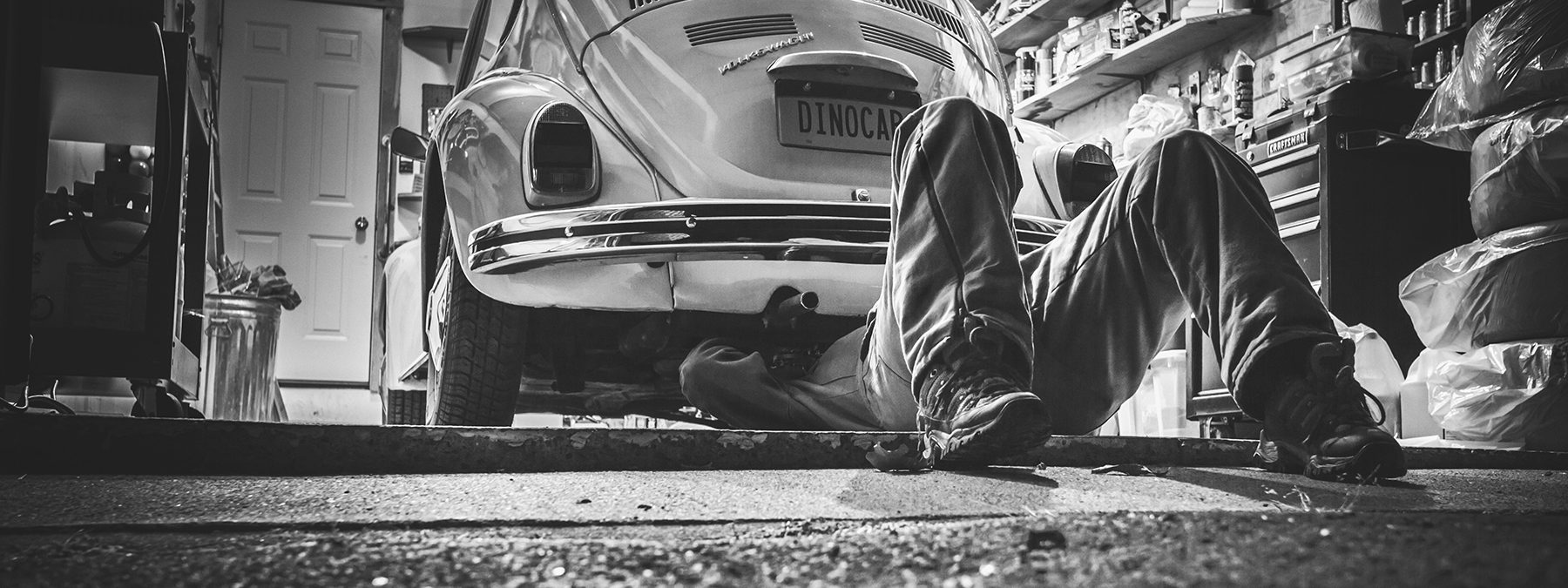Buying a car is an expensive decision that can have long-lasting implications. To save money, many people choose to forgo a brand new car from a dealership and instead choose to buy a used vehicle.
This can be a great choice if the car proves to be a worthwhile buy. If, however, it turns out to be a ‘lemon’, it can be a costly mistake. Checking a car’s history can help you avoid common pitfalls when buying a used vehicle. A few common sense tips will help make sure you get the best possible used car for your money.
Do a background check
There is a lot of vehicle information available at various sources in New Zealand. A check can uncover issues such as inconsistent odometer readings, if the car is registered as stolen, or if it still has money owing on it. Bear in mind that if a vehicle is stolen, or has money owning on it, it could be repossessed, so it’s worth doing this as a routine any time you buy a second hand car.
Many second hand cars are sold through the online marketplace, TradeMe, whose listings include a three point background check. This covers if a vehicle is reported as stolen, it’s a damaged import, or if it’s re-registered. However, TradeMe also offers a comprehensive paid report online via MotorWeb, which is available to the general public.
Check the car for tell-tale signs
Besides these information checks, you can conduct some simple checks of your own, simply by looking a little closer at the car itself. Clues about a used car’s history can often be found under the bonnet and inside the vehicle, which give valuable clues.
When consumables like automatic transmission fluid or coolant, or a major item like a cambelt, have been replaced, mechanics will often apply labels to the vehicle. If you spot any of these labels, service stickers on the windscreen, or a service book in the glove compartment, this will give you clues on when work was last done on the vehicle and help you ask educated questions about the car’s history.
Most of the time, sellers will be honest about the vehicle’s history, although they won’t necessarily have all the information about what happened to it before they bought it.
If you see that the car has a tow bar, take a closer look at the underbody of the vehicle. If the owner is unsure about how or where it may have been used, a close look at the belly of the car may give some clues. If it was used to launch a boat, for example, it may have been in water without being cleaned off properly after, which majorly increases the chances of underbody rust issues.
Salt water is not the only thing that can damage a car; letting a car be exposed to the elements for a long time can result in corrosion of the vehicle and its parts. Further along, the car will likely need expensive repair work.
Another check you can do to work out a used car’s history is to sit in the car and then drive it, looking and listening for signs. If the engine is running well, there will be no unusual sounds coming from the engine. Knocks or squeaks mean something could be loose or damaged.
While you are looking at the car, examine its seats and mats and try and identify stains, crumbs, sand, and bad odours. As well as providing clues about the car’s history, you will be able to gauge if it needs extensive cleaning to get rid of dirt and smell, which is an extra cost on top of the car’s purchase price.
By getting a professional standard check done and examining a used car’s upholstery and exterior yourself, you can add some weight to your final decision. This way, you know more of what you’re getting yourself into when you purchase a used car.
